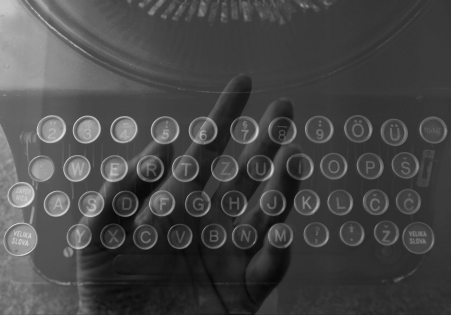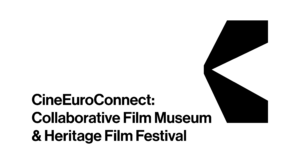Title: Lost Freedom
Artist: Jelena Gajinović
Country: Serbia
Jelena Gajinović is a multimedia artist whose artistic work is focused on re-presentation of new (hybrid) spaces as well as digitized content that offers many possibilities for interpretation and creation of a new reality. By juxtaposing, comparing or editing in a new way materials of digital origin and transferring analog photographic material through digital tools, she explores the interrelationships and the relevance of those visual information. Jelena completed her bachelor’s degree and master’s degree at the Department of New Media Art, Academy of Arts in Novi Sad (Serbia). In 2019 she completed the Exchange program at the Faculty of Fine Arts, University of Porto (Portugal). She had nine solo exhibitions and participated in over fifty group exhibitions.
Her work was part of ‘On the roads of Serbian art 1923-2023‘ Novi Sad, Serbia (2023), donumenta Artist in Residence Program – Art in Public Space , Regensburg, Germany (2023) ‘Ars Electronica Garden ‘, Novi Sad, Serbia (2021), ‘Young Serbian Contemporary ‘, St. Polten, Austria (2021. Also she was a lecturer at the conference ‘Culture on the Palm – Palm Culture’ (Novi Sad) and ‘Visual Transpositions of Identity and Space’ (Paris) and co-authored the workshop ‘ID Places’ held in Paris at the Cultural Center of Serbia. Her works are included in the collection of the University of Novi Sad (Rectorate), Inclusive Gallery (Serbia) and private collections. She is a member of the Association of Fine Artists of Vojvodina, International Federation of Journalists (IFJ) and Journalists Association of Serbia. In 2020 she acquired the status of an independent artist.
Artist’s Vision:
I’m inspired by birds, which play a significant and symbolic role in black and white films, just as they do in color films. While the absence of color may seem to limit the visual impact of birds, their importance in black and white films should not be underestimated. It is important to talk about the appearance and symbolic significance of birds in different cultures. In black and white films, the contrast between light and shadow can accentuate the symbolism of birds.
Filmmakers can use this contrast to draw attention to the birds and emphasize their significance in a scene, which is why I’m offering a multi-layered, acrylic glass print that adds depth to the scene. Birds in an urban context can serve as symbols of environmental awareness. They can be used too highlight themes of conservation, habitat loss or the impact of urbanization on wildlife.
The exposure of frames that are not aligned creates a motion effect.
The second and third proposals go in the direction of Dadaism and are experimental films from the early 20th century. The work “Lost Freedom” is a physically layered photo.

I always have something for old typewriters. For some reason I feel that writing on it is more inspiring than writing on nowadays computer keyboards, or maybe virtual keypads, although I didn’t really write on the old ones before. Maybe because it gives me the feeling of a musical instrument, anyone can learn how to play piano, but not many can be a professional pianist, and fewer are going to be composers. We can apply the same on the typewriters; anyone can type, but few who use them to createnew materials, articles, novels or screenplays. Without the magical “backspace” button, you have to be much more focused on what you’re going to type, every mistake counts. I don’t know if this was a motive to be cautious or more of a threat to think twice before typing any sentence. Without the internet connection, I think there was more time to focus on the script than getting distracted with notifications, or taking longer than needed to search for a term or definition on Google. The most beautiful tribute in the cinema for the typewriters was introduced in Atonement by Joe Wright (2007), when Dario Marianelli used the sound of the typewriting in the main soundtrack in the film, which turned those “ticks” from being just a sound effect into something spun in the film. – Andrew Mohsen, curator
